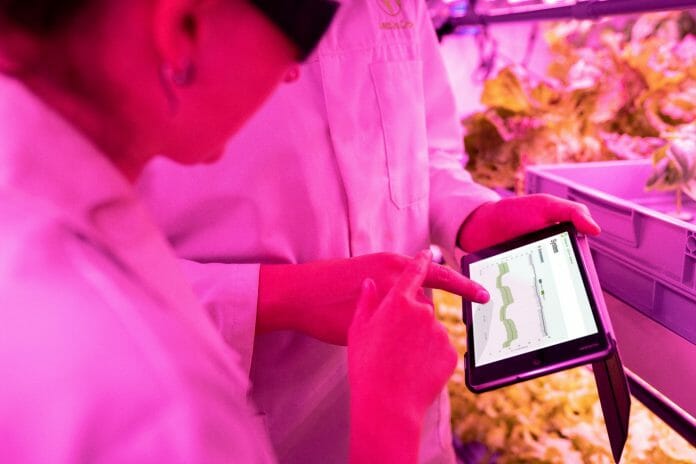Fabio Tiviti
We live in an era of rampant disruption — fueled by pervasive digitalization, hyper-connectivity, currently a global pandemic that has thrown the world’s economy into disarray. Entire industries have been rattled, and this has arguably intensified the splintering of traditional business models on multiple fronts, from workflows and processes to business continuity.
Across all industries, organizations are increasingly seeing the need to embrace Industry 4.0 and realize the potential of digital technology to positively impact their business operations. In fact, a recent study by Ernst and Young indicates that over a third of Malaysian companies (including 37% of Malaysian SMEs and 32% of large and listed companies) are taking active steps to reform their technology capabilities in light of the pandemic.
This wave of change hasn’t spared the food industry either. For food producers in this asset-intensive industry, doing more with less remains a top priority. That means finding ways to extend asset life to minimize costs, improve food and worker safety, and reduce waste while performing the right maintenance, on the right equipment, at the right moment to avoid any potential downtime.
If food producers are to stay relevant and competitive in a fast-changing market, technology can no longer be an afterthought. Data will be key in empowering industry professionals to position themselves for a strong rebound ahead, even as the economy recovers.
Finding patterns in data
To succeed with data, food producers must move beyond limited, causal factors, and look at larger data sets across multiple data points. For instance, what happens when the local temperature goes above 38 degrees Celsius, and the humidity stays consistently above 95% for an entire week? Does quality suffer — likely — or does this result in delays within the supply chain that increase the risks of spoilage and loss of revenue?
Parse through enough data, and the correlation between production delays or quality issues with innocuous hiccups further up or down the supply chain become readily apparent. Unfortunately, the digital pipes to funnel data and the systems to manage and analyze this on-premises simply do not exist yet in most organizations. This means that any attempt to harness the full power of data cannot ignore the cloud and its ability to manipulate vast amounts of structured and unstructured data.
Going deeper with analytics
The “how” of digitalization is crucial when it comes to pulling ahead of the competition, and is a perennial problem that has contributed to the surging growth of the big data and analytics market, which Frost & Sullivan predicts will reach US$40.6 billion by 2023. The question for food producers is thus clear — how can they turn to third-party data analytics and visualization products to connect the dots using data?
Such insights can be gleaned from an industry-specific ERP system that is built on relevant domains of expertise, and which has access to a centralized data repository. With the ability to dynamically access data sources across the entire supply chain, coupled with the power of networked analytics, stakeholders can quickly identify redundant processes or wasted efforts.
Finally, machine learning offers the ability to take things to the next level. It strengthens the innovative capabilities of food producers by allowing them to perform in-depth market analysis, automate recipe building, and deliver predictive yields on raw materials. Predictive analytics also contributes to cost savings, waste minimization, as well as accurate and agile forecasting. And through the Internet of Things (IoT) networks, food producers can strengthen the connectivity of their enterprise with improved visibility and insight. Leveraging such frontier technologies will serve to catalyze innovation within the sector, enable better predictions of consumer demands, and bolster agility in the supply chain.
More data using technology
Across Asia, food producers are using technology to increase the data that they can leverage on. For example, The Malaysia Digital Economy Corporation (MDEC) recently launched a digital agriculture technology (Digital AgTech) initiative with an allocation of RM25 million as an initial funding package, following a successful pilot in 2018 which allowed farmers to adopt IoT-enabled fertigation systems that reduced monthly fertilizer usage by 20%, lower monthly manpower requirement by 25% and increase the overall quality of yield for Grade A produce.
The rising affordability and government support of such technology suggest that such solutions are becoming more accessible to organizations than before. For food producers, the ability to adapt quickly and implement new use cases can offer savvy food producers a vital advantage to improve their supply chains, identify inefficiencies across their operations and become forerunners in harnessing new opportunities.
By Fabio Tiviti, Senior Vice President & General Manager, ASEAN-India, Infor









